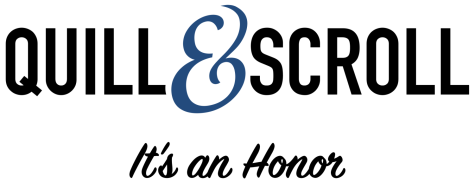ON MEDIA
Tips for setting a digital strategy and growing a digital audience
Erica A. Hernandez
Digital — this isn’t a new concept in journalism. But to many, digital and digital strategy is still a mystifying concept.
What does good digital strategy look like?
How do I succeed in digital?
How does my publication do well digitally with limited resources?
All good questions. And I won’t pretend to have the answers to these because the honest truth is: no one does. No one publication is doing everything totally right in the digital space. The industry is still trying to figure out how to get our audiences to pay for content online. What is the value threshold for what people will pay for in digital? What is the best push notification strategy? How to diversify referrals beyond just Facebook.
Just last month The New York Times made a pretty big change to their digital strategy in that they removed bylines from their homepage. This may seem like a minor decision to some, but others felt this was a huge shift in how the Times’ brands its journalism and journalists.
All this is to say there is still a lot to be figured out on digital. So, as student publications this can be used to your advantage. There is no perfect guidebook to winning digital. It’s a space where mistakes are still being made and people are still learning every single day. This should help relieve some of the pressure and hopefully open up your staffs’ minds to experimenting.
Once you get past the the fear of failure on digital, here are a few first steps to setting a strategy and learning how you can succeed digitally.
- Know your audience.
This sounds simple but it can be tricky, especially in scholastic journalism. The first step in setting a digital strategy is know who you are trying to reach. So with your print publication, you have a certain number of copies to circulate within a certain area. Online, those limitations do not exist. You can reach anyone anywhere. Obviously it makes the most sense to serve your community, but online your “community” can grow beyond just your school. You can report on news that impacts parents, alumni, district employees, peers are other schools or even peers across the globe. Your online audience is different from (and potentially larger than) your print audience. Knowing that is the first step towards building a solid digital strategy. - Test. Test. Test again.
Digital is a newer space for everyone, journalists included. It’s a space where things change and evolve quickly and one of my favorite things about digital is that it allows for experimentation. You can try something for a little bit, track the metrics to determine if it was successful and then use that test to inform your strategy moving forward. If you want to try live blogging a school assembly go for it. Maybe you want to try live tweeting a football game? Why not? My biggest piece of advice is it track metrics of engagement for all your tests. How many retweets, replies and favorites did those tweets get? What were the pageviews like for your live blog? Keep trying and tracking your metrics until you feel like you have a better understanding of what works and doesn’t work for your audience. - Content is king.
I’ve heard this saying many times before and I hope we all continue hearing it and saying it for many years to come. Strong content will do well anywhere. So post that long investigation into your schools’ hiring practices online. See how it does? Good storytelling will shine online just as much as it does in print.
Some resources:
One of my absolute favorite things to nerd out over is what different publications are doing in the digital space. Nieman Lab, based out of Harvard University, is a great place to go for news about news. The Nieman Journalism Lab is “an attempt to help journalism figure out its future in an Internet age” according to their website. They have an afternoon newsletter that’s always filled with good reads about people who are innovating and experimenting online.

